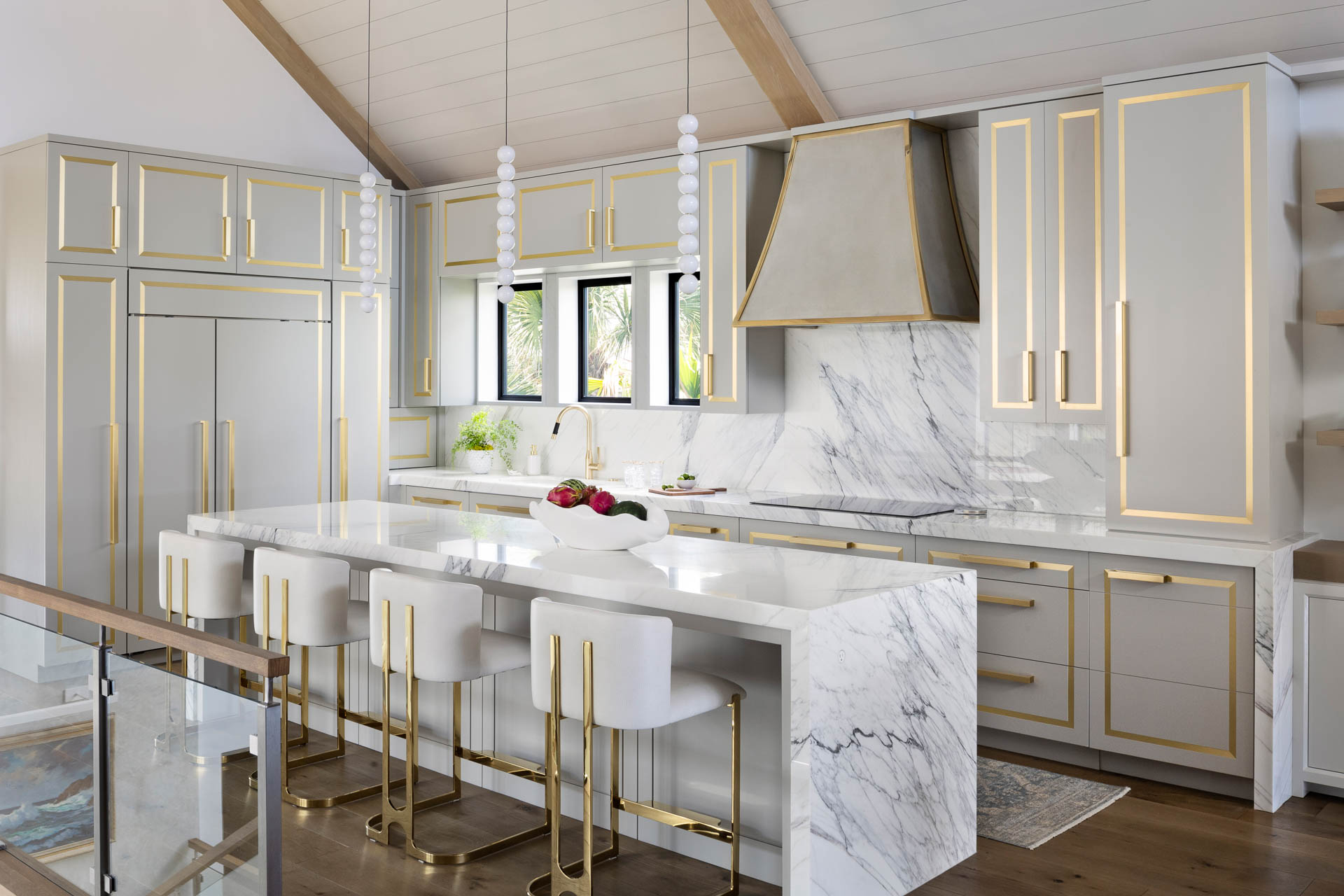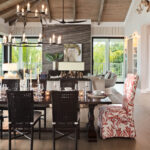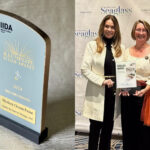The Northeast Florida design industry is buzzing about big changes. Historically, this region has trailed behind its Floridian counterparts in design trends. Places like Ft. Lauderdale, Miami, Palm Beach, and Orlando have led the way with forward-thinking design trends and architectural styles in our great state. However, Jacksonville is no longer the place where good plans go to die. Architects, designers, and contractors are noticing a shift towards higher-quality products and higher-end design.
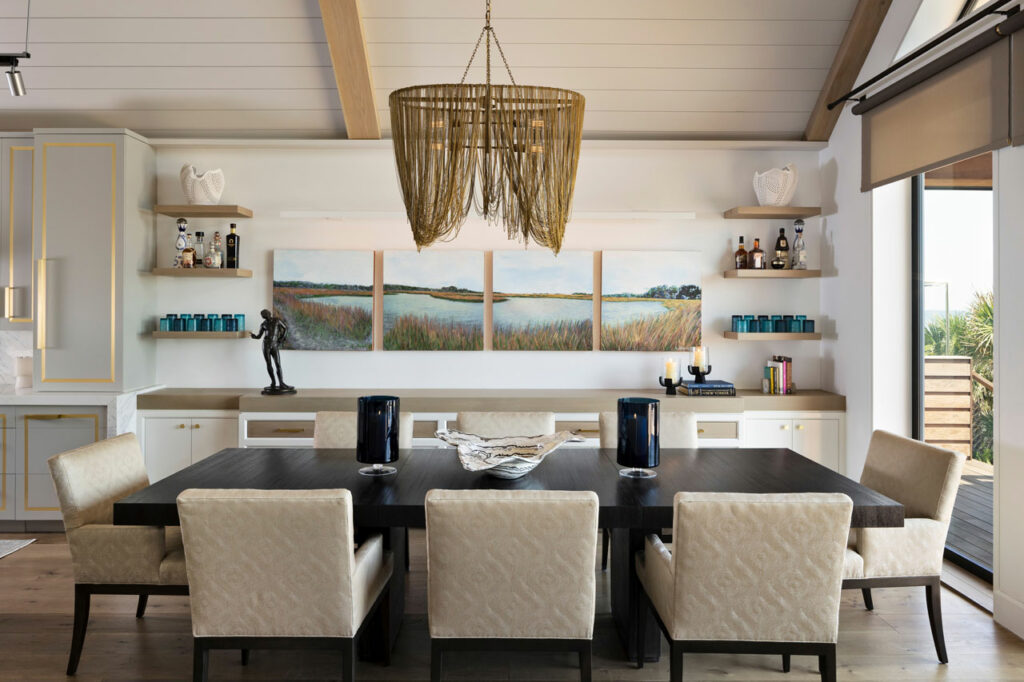
Jacksonville residents are turning away from fast food, fast fashion, and fast furniture. This is in part due to a change in lifestyle. Clients prioritize local, hand-crafted designs over mass-produced products and are looking at their homes in a new way. And the change is refreshing.
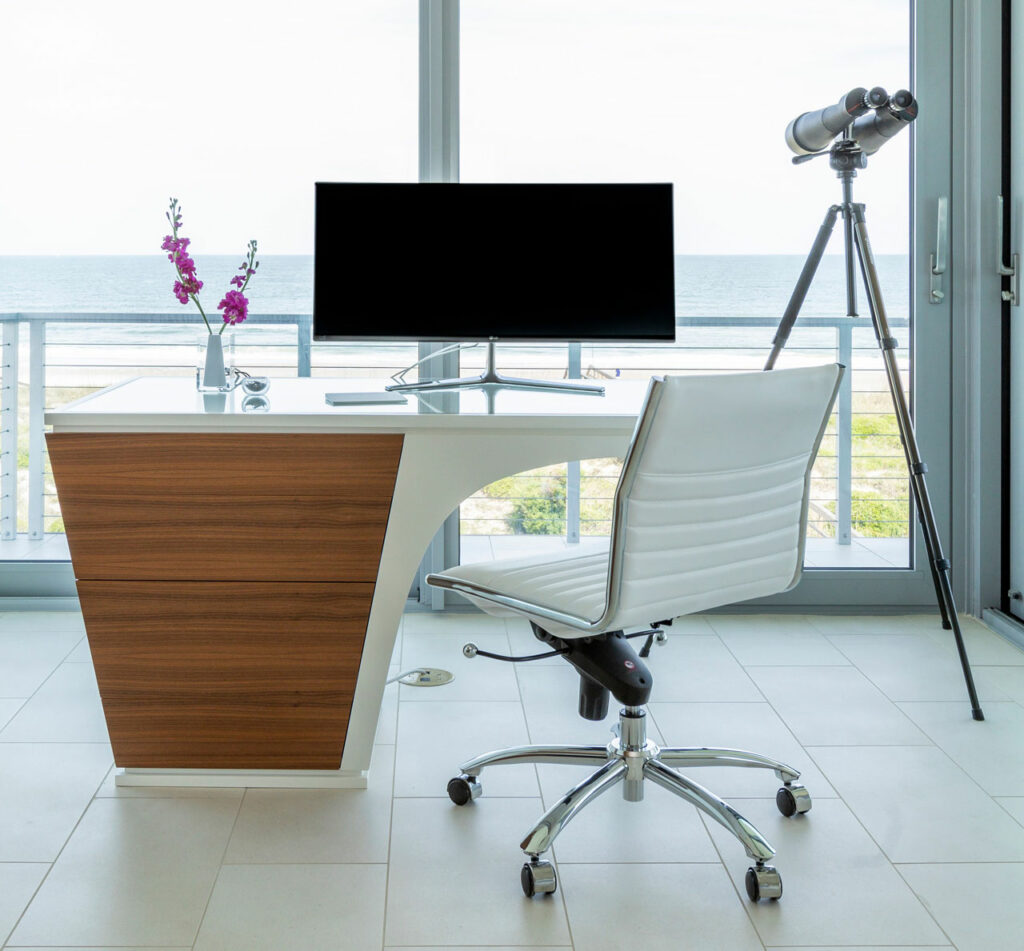
But what’s causing the shift, and why now? It could be several factors. Let’s explore. It’s no secret residents are pouring in from around the country. Some estimates say a thousand people a day are moving to the Sunshine State, and a significant portion of those come to Jacksonville for the weather, affordable home prices, and a family-friendly attitude. Could the migration of people from large metropolitan areas bring their refined tastes and bigger budgets? Certainly. But in our observation, even native Floridians have upped their standards when it comes to lighting, furnishings, and materials throughout their homes. Without quantitative data to support this, we can only speculate about the cause. One theory makes the case that travel is influencing homeowners. As travelers take their experiences home, they begin to see their homes in a new light, literally.
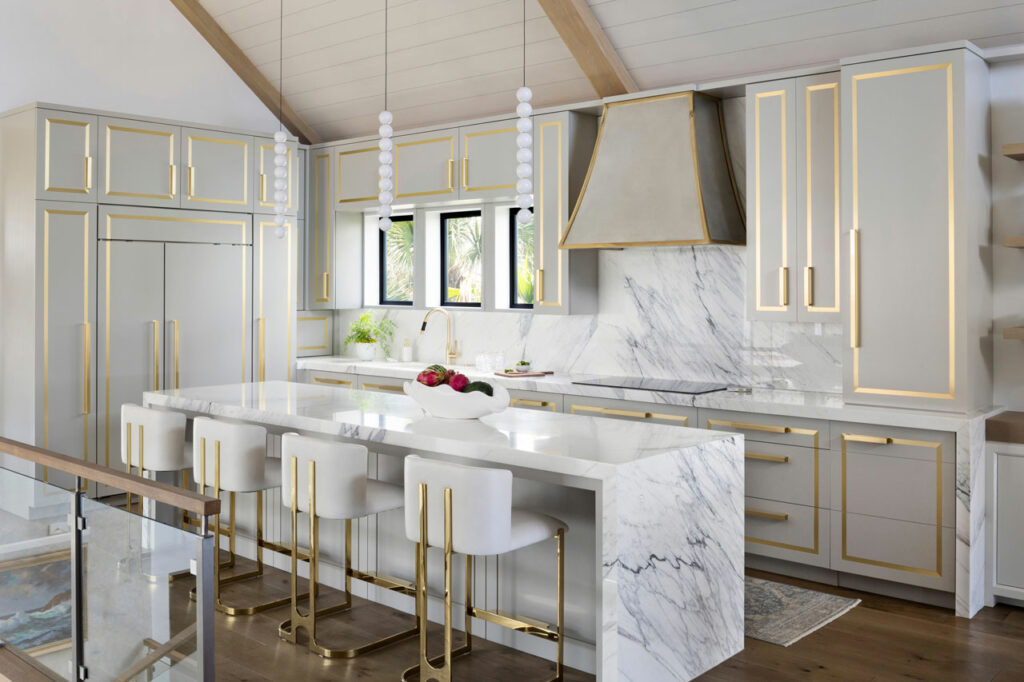
At a recent Lutron workshop, I spoke to an electrical contractor who shared that his clients are investing big in automated lighting systems like Lutron, and the reason is surprising. Yes, the quality of light is exceptional, but the health benefits appeal to homeowners. Ketra, a high-end boutique division of Lutron, has created programmable lighting fixtures that automatically adjust the intensity and color temperature throughout the day based on the sun’s position. Lighting systems and fixtures like these utilize technology initially used for high-end video productions, allowing lights to be dimmed to 1% while maintaining a consistent color temperature. By mimicking the sun’s changing light throughout the day, interior lighting can improve your circadian rhythm, leading to better sleep and decreased stress levels.
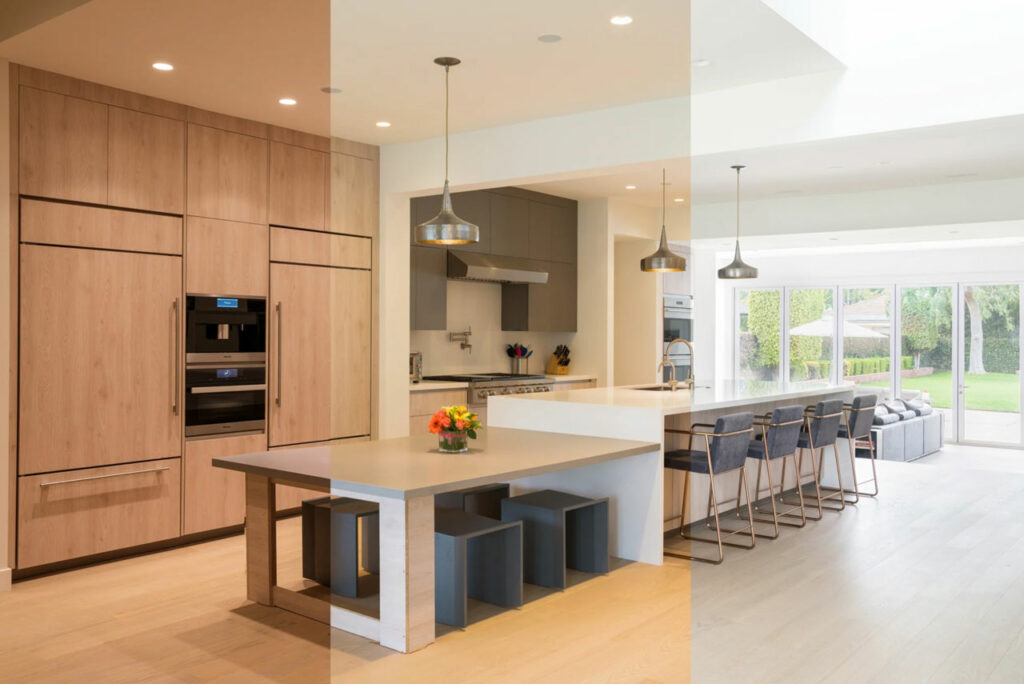
The system’s controllers are so sensitive that even the food we set on the table can be controlled by light to look more appealing. And we all know that we eat with our eyes. Once limited to Michelin-star restaurants, clients now ask for that experience at home. Bon Appetit!
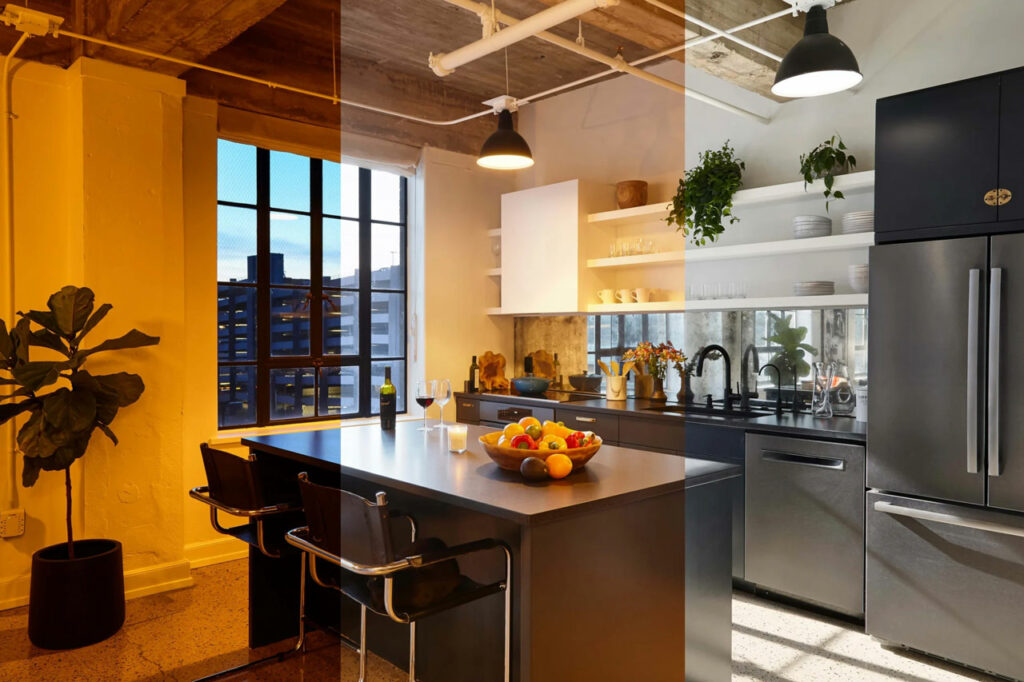
But the changes we see in the northeast florida design industry are not limited to lighting. Clients have replaced semi-custom mass-produced furnishings with fully custom pieces from local artisans. You don’t have to leave the market to source these products; highly skilled artisans and tradespeople are here and excited to try new techniques that raise the bar.
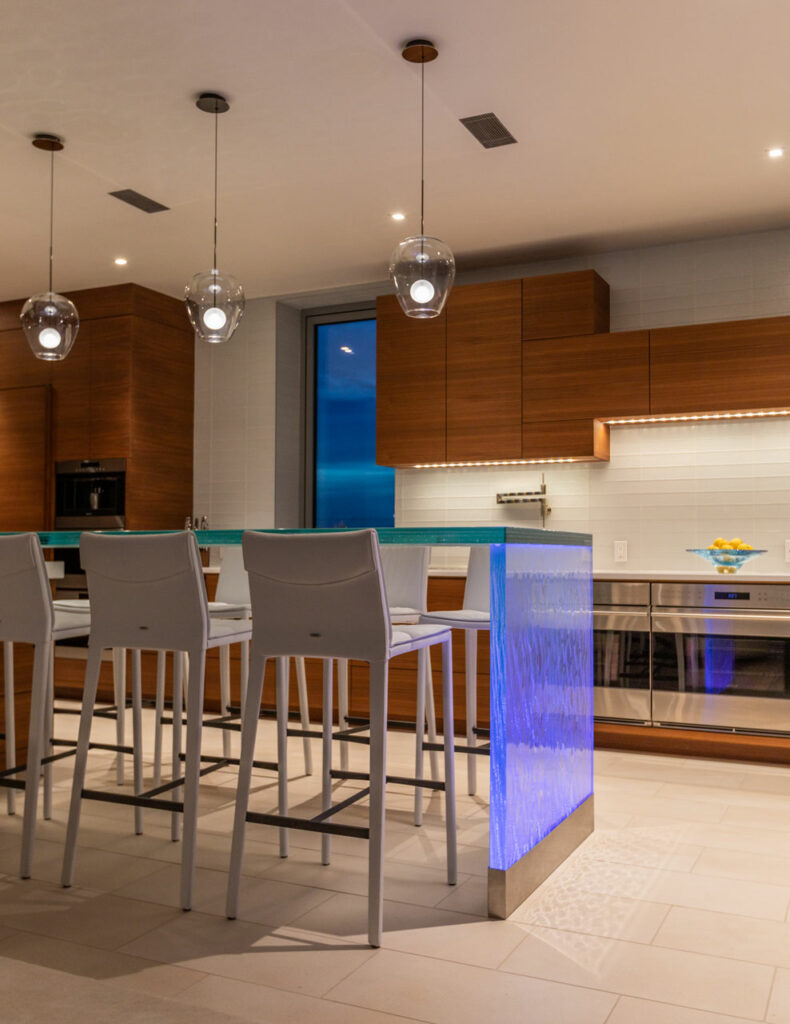
Clients are also upgrading their choices regarding art and decor, preferring original and commissioned art. One client told me, “I’d rather leave a blank wall than hang an inexpensive piece of art just to fill the space.” Delaying gratification can be a good thing, and we applaud the rejections of the “mediocre is better than nothing” mindset.
Even seemingly mundane choices like paint are seeing the shift. Clients now know the value in high-quality paints and finishes that are more maintainable, durable, and look better but emit lower VOCs, which could lead to healthier indoor air quality.
One factor without debate is that clients have educated themselves about how products are made and their lifecycle of quality and are craving something different. When clients visit a boutique spa, they learn how a space creates a mood and evokes an emotion. In the past, clients would hire us and never ask a question. Today, they ask questions they haven’t asked before, like, “How do the fibers in this fabric compare to another?” or “What makes this metal a better choice for my house?”
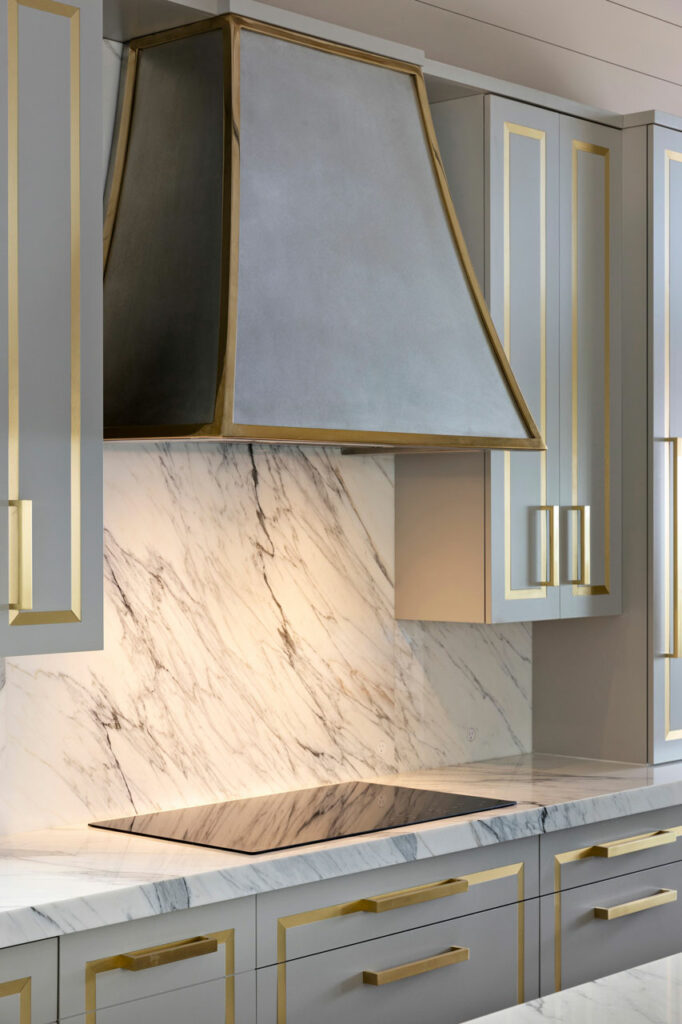
At a recent project site in Ponte Vedra, our client pressed us for a unique solution to an entryway staircase. Excited to try something different, we worked with the architect to create a fully custom design using poured concrete shapes mixed with wood, metal, and glass. Our contractor created stained concrete samples on-site and worked on forms and shapes that achieved the ultimate finished product. We see this partnership in detailed customization in smaller ways, such as this example, and in larger ways, such as full architectural designs of residences and new commercial properties. The shift away from using the cheapest possible construction materials opens up new opportunities to explore unique design executions.
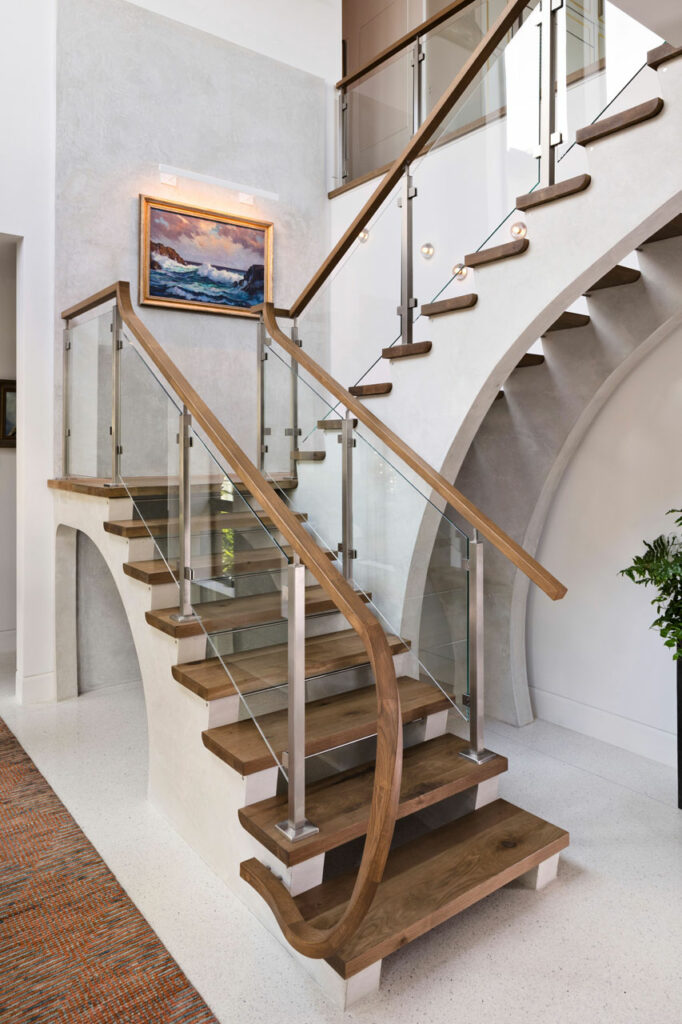
There’s a renewed expectation that the designer they hire is fully educated on the products, resources, and methodology they recommend. The details have never been trivial, but more and more clients care and are willing to invest in a design team that elevates the end product and experience. And the results are really starting to shine throughout The River City and the Northeast Florida design industry.
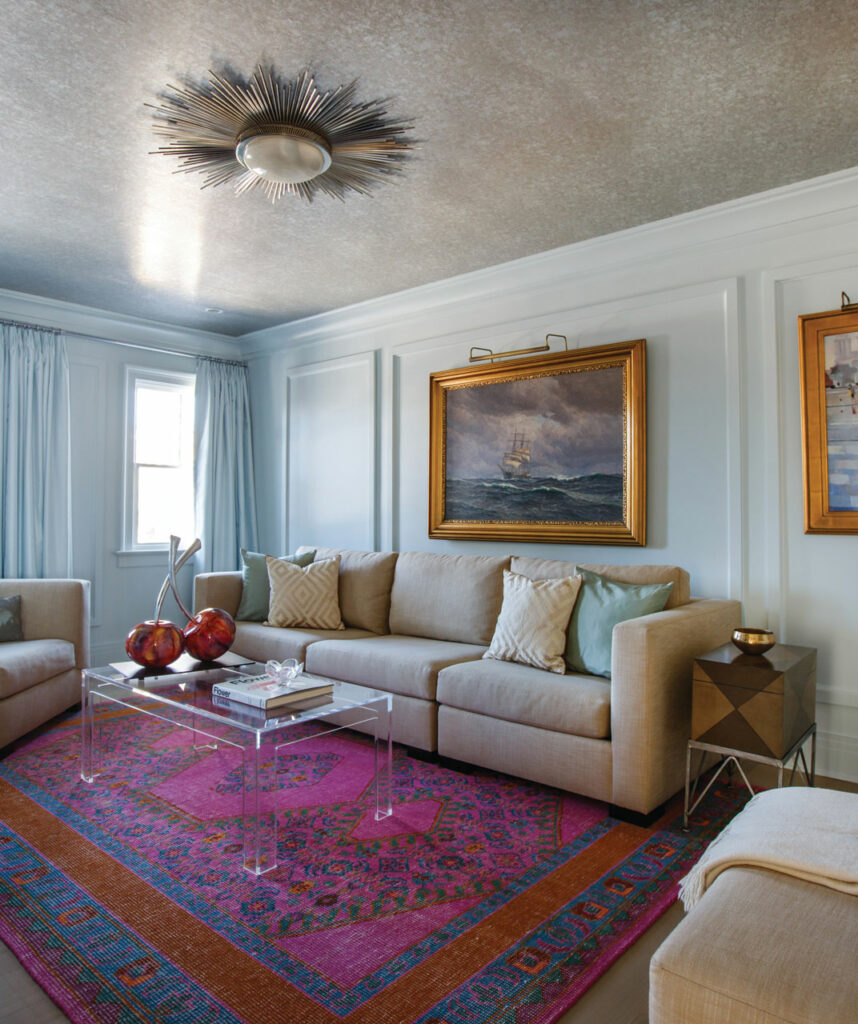
Our interior design community invests heavily in continuing education to stay abreast of new products and technology. Spending hours studying wood species performance data, the variation of grain patterns, or the technical specs of an automated lighting controller may seem academic. But, the result leads to better design solutions that suit our client’s increasing expectations.
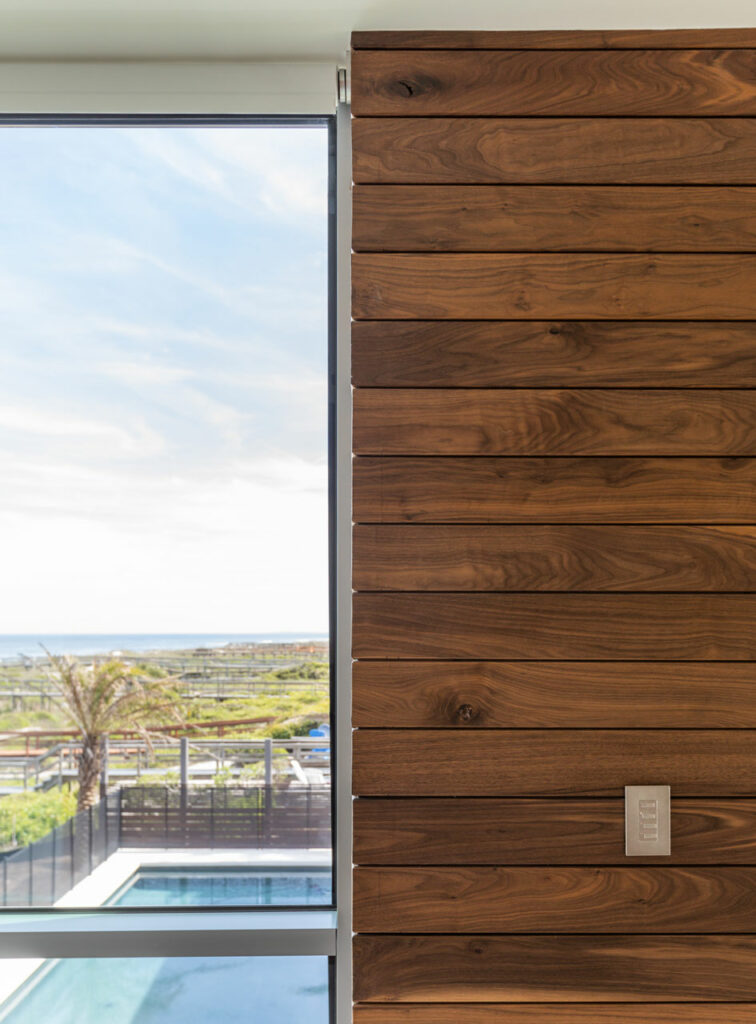
When humans have their basic needs met, such as food, clothing, and shelter, they can afford the luxury to focus on higher pursuits. Our collective role as Designers is turning shelter into sanctuary. To create a space that caters to both aesthetic and healthier lifestyle preferences.
I believe I can speak on behalf of all the designers and architects in Northeast Florida when I say that we feel privileged to serve a new generation of visionaries who have the courage to trust our design methods and the wisdom to ask challenging questions. This mantle expands our design thinking, pushes our creativity, and motivates us to build a city we can all be proud to call home.
We often hear this perspective outside of Jacksonville, but to see the change in my own backyard is refreshing. And we’re thrilled that it’s finally here.


